-
•
•
50 responses
I regularly see people complain about common LDS phrases such as “I know the Church is True” or “I know the Book of Mormon is True.” People often think these sentences are meaningless. Now I’ll be the first to admit that the way we speak in this context is alien to our fellow Christians. Pedagogically it’s perhaps not the best terminology to use in trying to help people gain a testimony. I do think the sentences are completely sensical though and that most people have a reasonable grasp on what they mean. Usually if you ask someone who’s used the… Read More
-
•
•
Paper proposals for the Society for Mormon Philosophy and Theology’s 2016 Annual Meeting are due soon—Monday, August 15. Proposals are particularly invited on the theme, “Christ, Our Forerunner,” but proposals on any aspect of LDS belief will receive full consideration. For full details on the conference and the call for papers, see the original announcement. Read More
-
•
•
7 responses
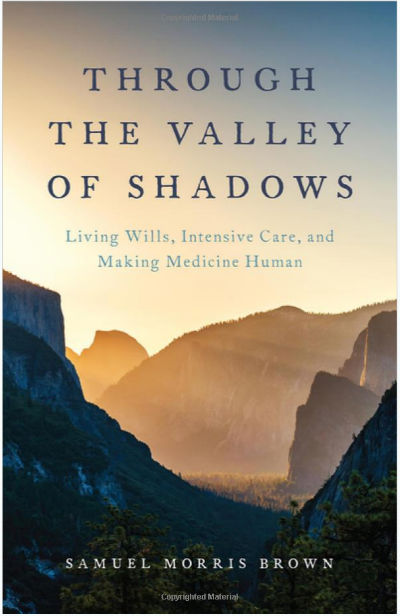
Although Samuel Brown’s new book, Through the Valley of Shadows, is not a book that focuses on Mormonism, I jumped at the chance to review it for Times and Seasons simply because the subject matter fascinated me. Death, after all, is something that we all face, and I was already tangentially aware that technological advances are creating thickets of ethical and emotional—not to mention economic—concerns around this final encounter. I didn’t really have any preconceived opinions about the topic, however, just a curiosity that made me eager to read Brown’s book. I was not disappointed. The book covers an impressively… Read More
-
•
•
8 responses
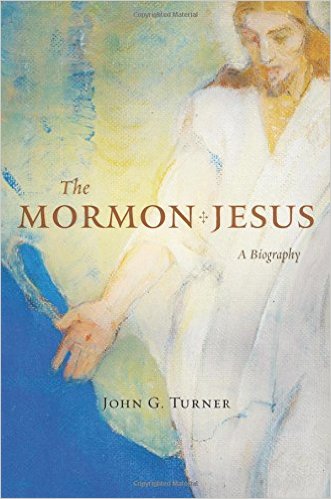
I remain fundamentally unconvinced of the book’s central claim and argument, and am personally ambivalent about it—though in that I’m surely in the minority amongst Mormons (rank-and-file and all the rest) whom I suspect will heartily cheer the book’s primary claim: Mormonism, taken as a whole in it’s historic trajectory, is patently Christian. Read More
-
•
•
27 responses
Most scholars assume that the type of Judaism Jesus encountered had its main development during and after the Babylonian exile. When we read the Old Testament, especially the books of Moses, it appears as if they were written as a single text. However there are compelling reasons to believe they were composed out of multiple texts and traditions by groups with competing religious views. The Book of Mormon itself suggests problems with the editing and redacting of these texts. Speaking of the Bible held by the gentiles, Nephi is told it “containeth many of the prophecies of the holy prophets;… Read More
-
•
•
35 responses
Strange thing: Simply by working to accomplish their primary mission, large institutions develop skills and capacities somewhat or even entirely unrelated to that primary mission. So, for example, the US Army is very good at education, because it has to teach thousands of average (or less) students how to do complicated tasks like repairing a tank or hitting the right sequence of buttons to fire an advanced weapons system. Now the LDS Church is a very large and well-funded organization that has developed a number of institutional skills or capacities largely unrelated to its primary religious mission. The more you… Read More
-
•
•
41 responses
Thou shalt not suffer a witch to live. (Ex. 22:18) I recently read Peter Charles Hoffer’s The Salem Witchcraft Trials: A Legal History (Univ. Press of Kansas, 1997). How could a bunch of dedicated Christians become convinced that their neighbors, some of whom were acknowledged to be fine citizens and exemplary Christians, were actually in active league with the devil to inflict harm on others? How could trials conducted by leading men of the colony solemnly conclude that dozens of men and women were in fact witches, then haul them a mile or two out of town and hang them?… Read More
-
•
•
46 responses

4th Annual BYU New Testament Commentary Conference: New Mormon Ideas about Mark and Hebrews Read More
-
•
•
15 responses
Links to posts 1, 2, 3, 4, 5 In the last several posts, we’ve covered how the enchanted, hierarchical world of pre-modern Europe slowly shifted in the sixteenth and seventeenth-centuries to a “disciplinary” society, where human beings began to perceive themselves as rational agents and masters of their own will and destiny, and increasingly related to each other in terms of mutual benefit, exchange, and equality. This shift corresponded with the changes in scientific views (with the “mechanized” universe), sociopolitical views (i.e. government as an instrument for mutual benefit), and economic developments (the rise of the “invisible hand” free market)… Read More
-
•
•
106 responses

Brigham Young University requires LDS students who leave the church to withdraw from the university. While some people have lobbied for change, this policy is in the best interest of the students – both those who stay and those who leave – and should stay in place. Read More
-
•
•
48 responses
A couple of weeks ago I taught Lesson #12 in the Howard W. Hunter manual, titled Come Back and Feast at the Table of the Lord. The title comes from Pres. Hunter’s remarks at the press conference given the day after he became President of the Church in 1994. I want to point out that he was well ahead of his time. He gave these remarks years before “faith crisis” became a thing in the Church and years before Pres. Monson’s theme of The Rescue became emphasized. As he is quoted in the manual: To those who have transgressed or… Read More
-
•
•
3 responses

This is the first in a series on John Turner’s The Mormon Jesus: A Biography. John Turner’s latest book — The Mormon Jesus: A Biography — is wonderful. The book opens with Jesus’ question to his apostles, as recorded in Mark 8:29, “But whom say ye that I am?” Over the succeeding nine chapters, Turner explores how members of the Church of Jesus Christ of Latter-day Saints have answered that question over time. By themes, Turner constructs a rich historical narrative of the evolution of Mormon belief. Along the way, he places Mormon views in the context of broader Christianity:… Read More
-
•
•
The Society for Mormon Philosophy and Theology will hold its 2016 Annual Meeting on October 13-15th at BYU, with the theme, “Christ, Our Forerunner.” Below is the text of the call for papers (adjusted for blog format), or click here for a printable PDF version. The Society for Mormon Philosophy and Theology invites paper proposals on any aspect of Mormon belief, including its philosophical ramifications. We particularly encourage submissions on this year’s theme. Jesus Christ stands at the center of Mormon belief, understood through many roles, as co-creator of the earth, as the Jehovah of the Old Testament and the… Read More
-
•
•
66 responses
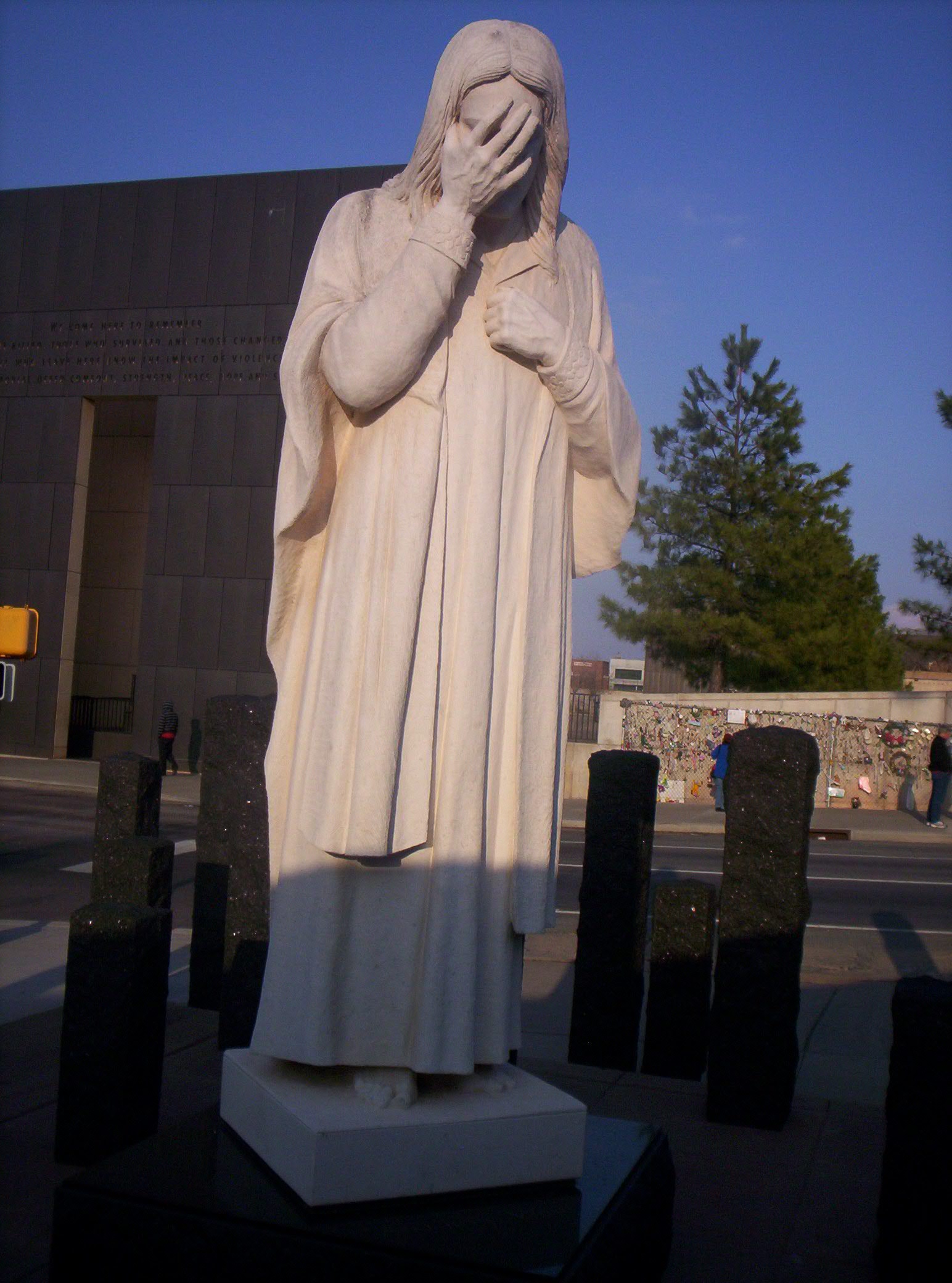
Jacob Baker began a long, public Facebook post this way: I’m willing to bet that there are many people out there right now feeling conflicted about the mass murder that happened yesterday. I’m not talking about the outspoken blatant homophobes and bigots, but essentially good people who find themselves somewhat confused by this tragic event. He went on to allege that such people have less empathy for the victims of the horrific mass shooting in Orlando because of a “feeling of disapproval or discomfort” that is “cultivated within your religion.” Thus, such people feel “both compassion and disgust.” An early… Read More
-
•
•
47 responses
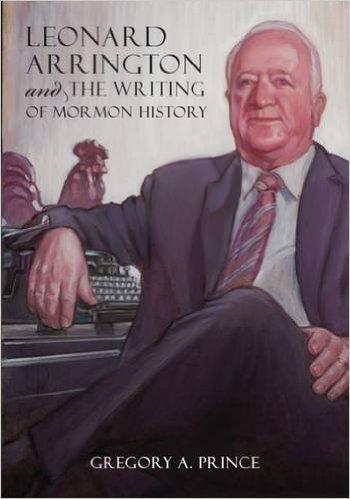
This is not a book review. This is my personal reaction to the book. And, in short, it depressed me. (This doesn’t mean I didn’t love the book and wasn’t fascinated by it; I did and I was. You should definitely read it.) Read More
-
•
•
4 responses

“A Preparatory Redemption: Reading Alma 13” The Third Annual Summer Seminar on Mormon Theology Conference is free and open to the public Wednesday, June 15, 9am-5pm The Chapel of the Great Commission The Graduate Theological Union 1798 Scenic Avenue Berkeley, CA 94709 Sponsored by the Mormon Theology Seminar in partnership with The Laura F. Willes Center for Book of Mormon Studies The Neal A. Maxwell Institute for Religious Scholarship and the Wheatley Institution Hosted by the Graduate Theological Union Speakers include: Kristeen Black Matthew Bowman Rosemary Demos David Gore Bridget Jeffries Adam Miller Bob Rees Joseph Spencer Sheila Taylor Read More
-
•
•
98 responses

Despite the fact that the term rape culture–and the increasing attention devoted to it–are recent developments, that does not mean that the stories of the life of Jesus have nothing to say about the topic. In fact, there is quite a bit of material in the gospels which is relevant to the current discussion. Read More
-
•
•
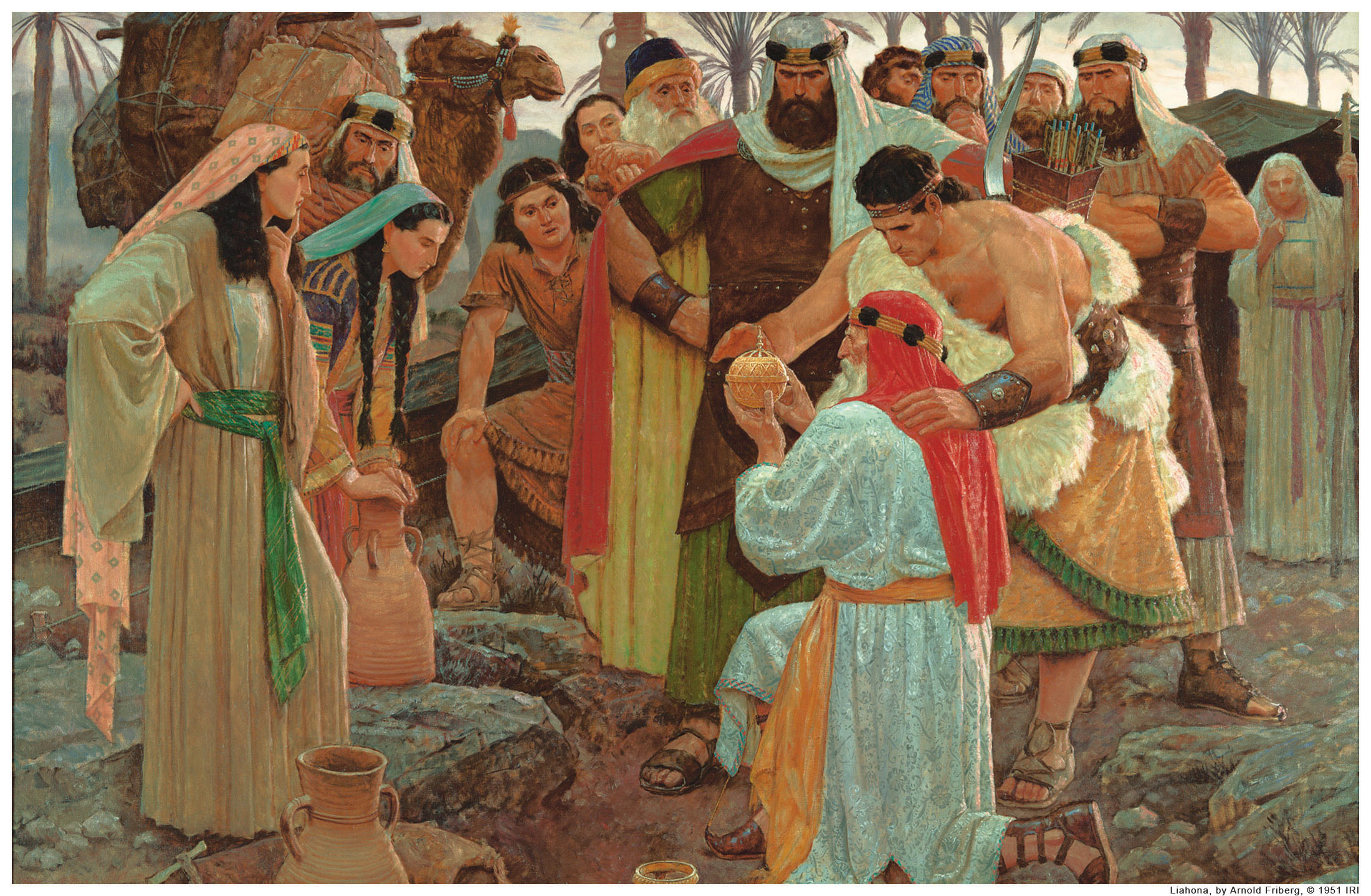
The angel begins by reminding or interrogating or raising the covenants of the House of Israel. I’m not sure the angel’s intent. Is this pedagogical priming? Is it interrogation? Is it a test, with the angel serving as guardian or gate-keeper, not allowing Nephi to pass on to the next part of the vision until he’s proven his gnosis? Is it the divine teaching that incorporates Socrates’s great insight that knowledge begins with acknowledgment of ignorance? Read More
-
•
•
11 responses
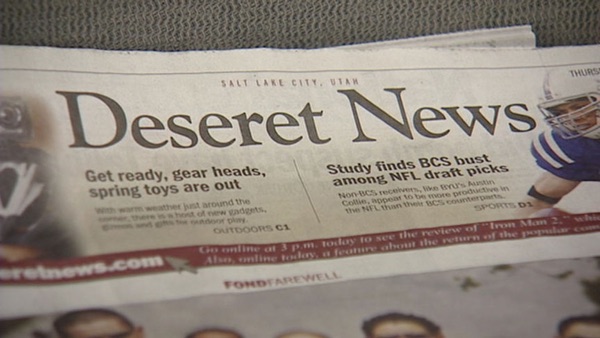
It’s no secret that in the ever increasingly unstable newspaper market that the Deseret New has been trying to increase it’s market beyond both Utah and even the Mormon audience. It’s always been a bit odd being a metro paper in competition with the Salt Lake Tribune in a tiny market but also publishing the Church News. I remember as a kid my parents having a subscription to the Church News in way off Halifax, Nova Scotia. With the loss of classified dollars and the shift to the internet with low ad rates, all newspapers have been struggling. In a… Read More
-
•
•
4 responses

We return now to the grand parallel Nephi makes in the articulation of his vision—Lehite afflictedness and Gentile blindness. While this passage focuses on the binary possibilities for the fate of the Gentiles, in the context of the parallel there’s a critical message for the Lehites as well—if the Gentiles can assuredly repent, then the remnant of Lehi can assuredly be restored. Overall, it’s a passage concerning the universal possibility of reconciliation and union under the covenant. Read More
-
•
•
10 responses

As is well known, the prophet Nephi was so beloved of the Lord that he was given power to command all things. If he called for famine, there would be famine. If he commanded Mount Nebo to be moved, it would be moved from its place. And in fact, one morning Nephi walked out of his house, looked at Mount Nebo, and commanded it to be moved thirty miles to the north. The mountain rose into the air, drifted north, and set itself down again in the place it stands today. Read More
-
•
•
One response

Theses passages are tremendously challenging. On the one hand they insist on the historical nature of their prophecies—an understanding of history and of God’s movement in history is their whole raison d’etre. But even retrospectively it’s difficult to get much traction, to pin down events or movements or historical happenings, or to see these passages as illuminating particular events. Read More
-
•
•
One response

Verses 30-33 give the logic of this vision. There’s a grand parallel going on between the dramatically afflicted and nearly destroyed remnant of the Lehites and the “awful blindness” of the Gentiles. God’s ultimate covenant with Israel is rich enough to offer provisions to both in their different but analogously wretched lots. While I find this passage tremendously uplifting and profound, I also can’t simply run away from the stone of stumbling that is this language of God smiting whole peoples and generations. My Mormonism keeps me from being fully modern in many ways, and as communitarian as I believe… Read More
-
•
•
5 responses

After successfully subverting the lands and economies of the natives and then violently refusing to remain party to their political contracts with their countries of origin, Nephi now sees the new immigrant population prospering. What does it mean that they prospered? I immediately think of things like infant mortality and economic growth. What would Nephi have meant by this? Is it a foil to their being in captivity? Does it refer to the fact that they geographically spread? Is it their continued subjugations of and thefts from among the native populations? What were Nephi’s family’s own experiences in the New… Read More
-
•
•
2 responses

I wonder what we’re getting here in this passage. How much of this is straightforwardly the details of the vision? In particular, is Nephi’s understanding of the vision a part of the vision, in the same way that one comes into a dream already comprehending the background and meaning of the events that one dreams? Or is the interpretation all Nephi? Was he even capable of making the distinction? How much of this is the evolved interpretation of a man who has pondered for decades on the vision’s meaning? Then again, how much of this is from the mind of… Read More
-
•
•
11 responses
First let me say upfront that I simply don’t read that many apologetic papers anymore. That’s less about any problems with the genre so much as just a lack of time. I have to be a little pickier about what I read than I used to. One day when little kids aren’t waking up all hours of the night that may change. Second let me say I’m not really interested in doing apologetics in the below. I’ll do my best to refrain from answering tangents that head in that direction. Rather, what I’m more interested in is the theoretic scaffolding… Read More
-
•
•
One response

A consistent feature that distinguishes the Book of Mormon from the Bible is its pan-human focus. Nephi does not strike me as very cosmopolitan—rather the opposite. He cares about his family and posterity, and his overriding focus even there is not love and loyalty but theology; he cares that they’re tied into God’s covenant with the House of Israel, that their history is sacred and thus legitimate. It’s easy to see Nephi as exactly the sort of overzealous man who devotes his time and attention to his calling at the expense of his personal family (which he never mentions outside… Read More
-
•
•
36 responses
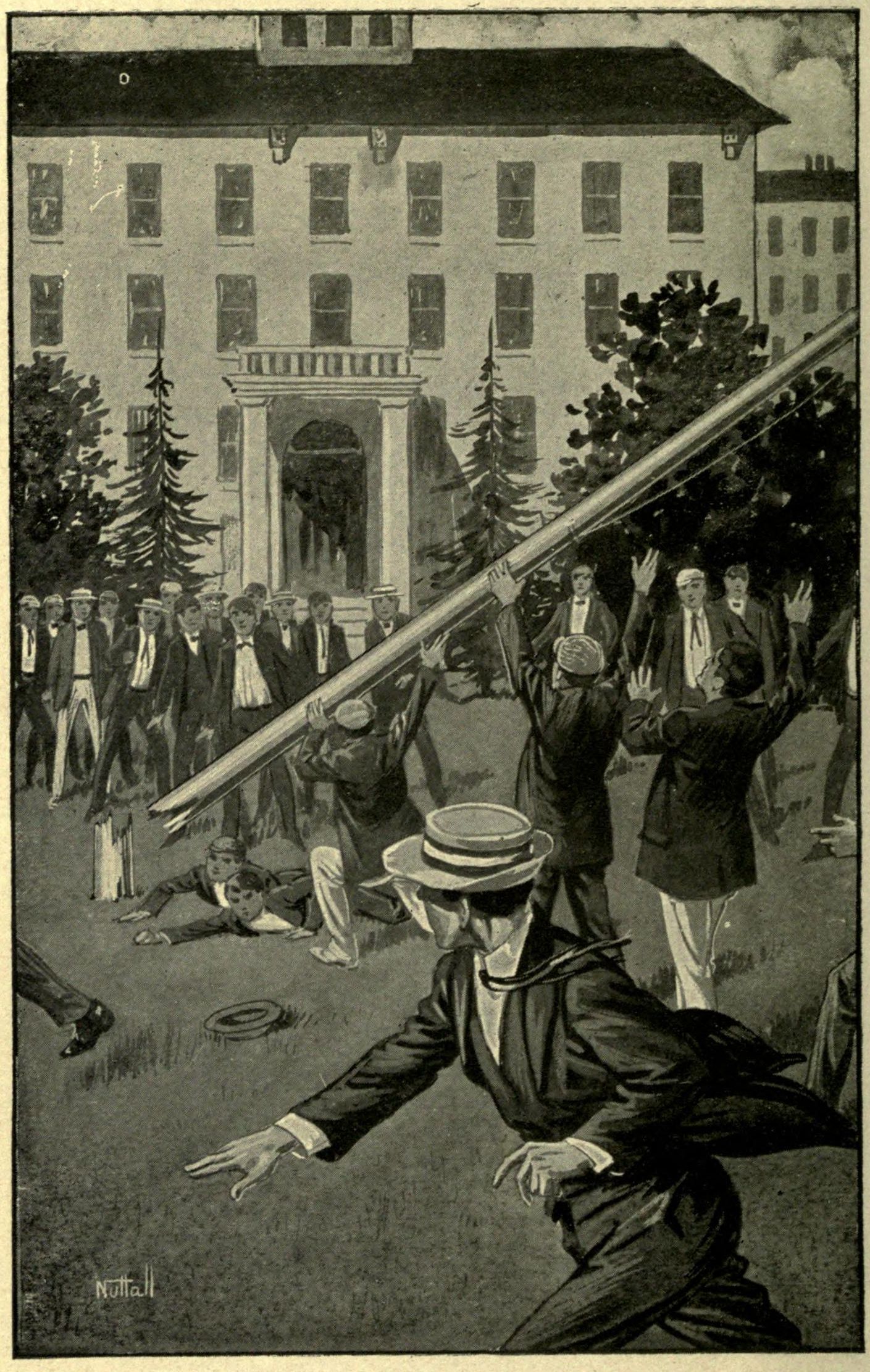
As you are probably well aware, BYU is reviewing its policies related to sexual assault victims and Honor Code violations. One proposal which seems to have a good bit of currency–especially since it appears to be the norm at other schools, including SVU, which have similar Honor Codes–is an “amnesty” for offenses which might have been committed in the context of the sexual assault. The motive here is to remove the disincentive for victims not to report assaults–or for assailants to assault Honor Code scofflaws because they are well aware that their victim is less likely to report the assault… Read More
-
•
•
2 responses

The pattern goes from “normal” chaotic, difficult, mortal life, to intense trial and darkness, to the burst of light when God comes and establishes an order that results in Zion, to apostasy from Zion leading to apocalyptical violence. Interestingly, however, the apocalypse isn’t the end here; rather it’s followed by more everyday, mortal struggle before the next chapter—which expands the scope of this drama from tribal to global. But this is the same pattern that Joseph Smith prophesies for our own dispensation: a prophet sets up a people who go through chaotic, difficult, mortal struggles, often assailed by our enemies… Read More
-
•
•
2 responses

And here it is, the climax of the whole story. God himself comes down from the heavens to visit his people. Note that this is how we always experience that singular (even if repeated) event: it’s in the future. We’re always waiting for the parousia and never ourselves experiencing it. Read More
